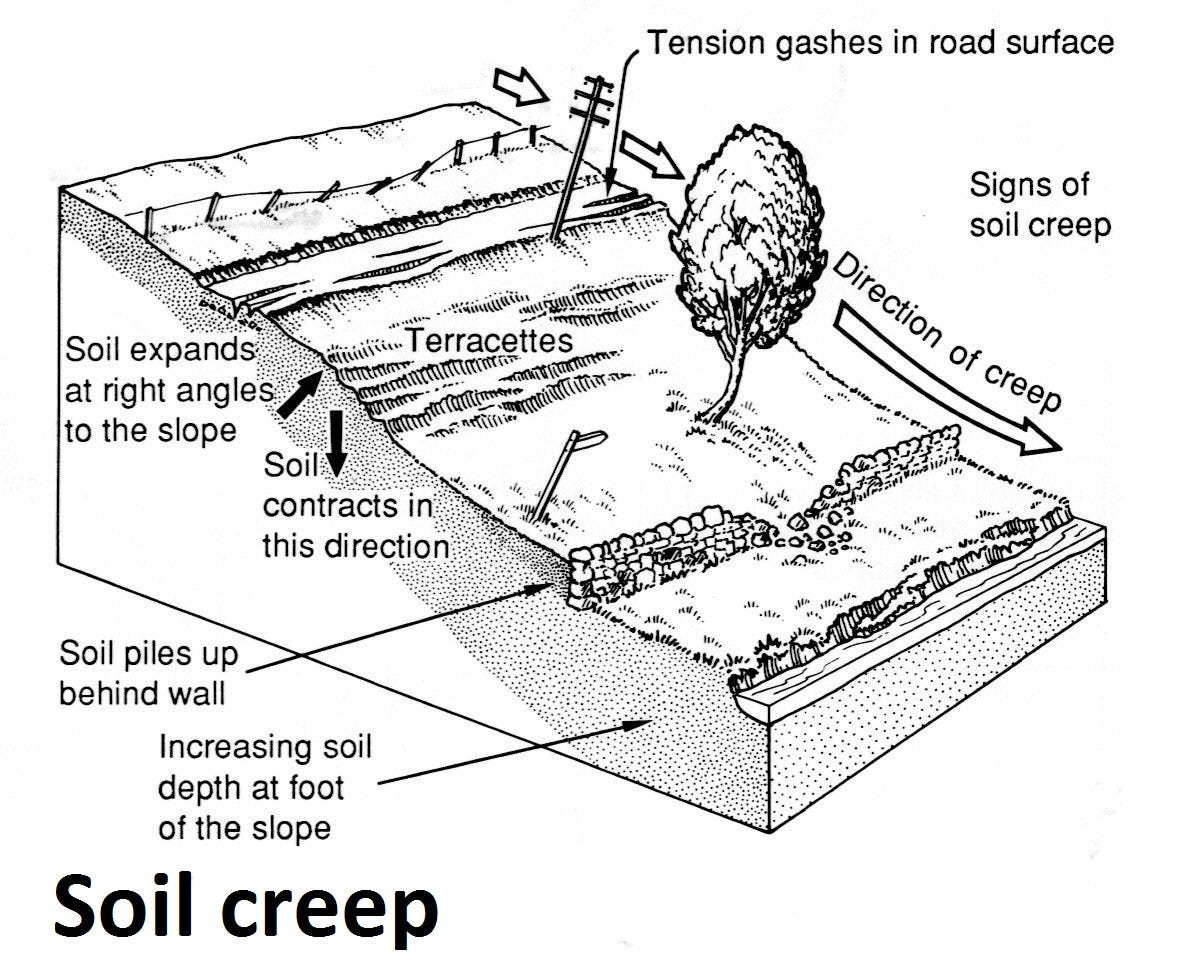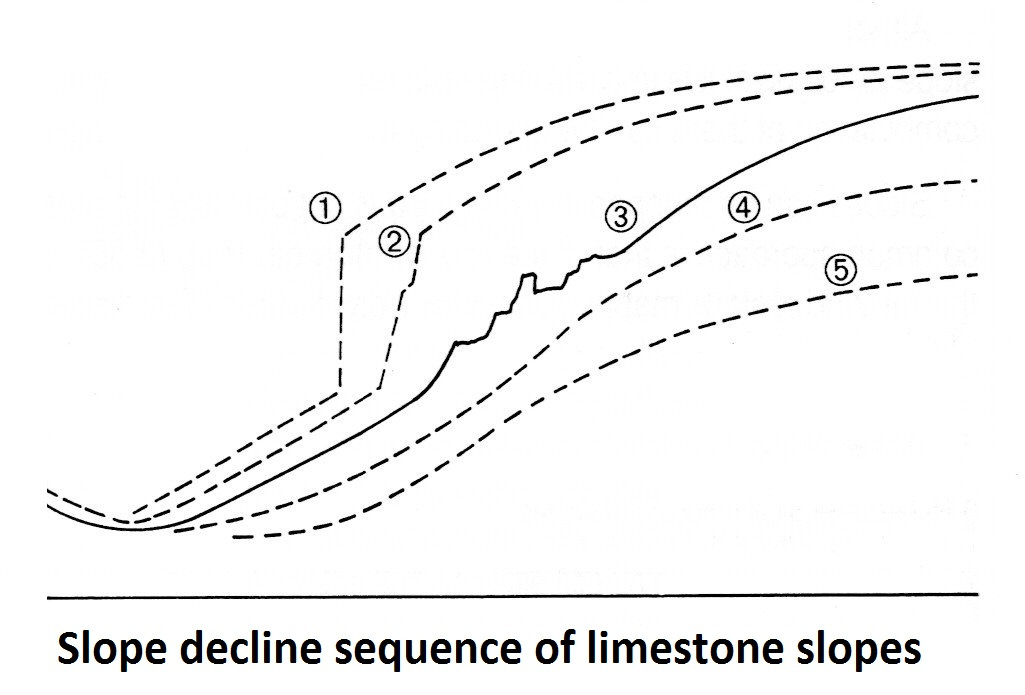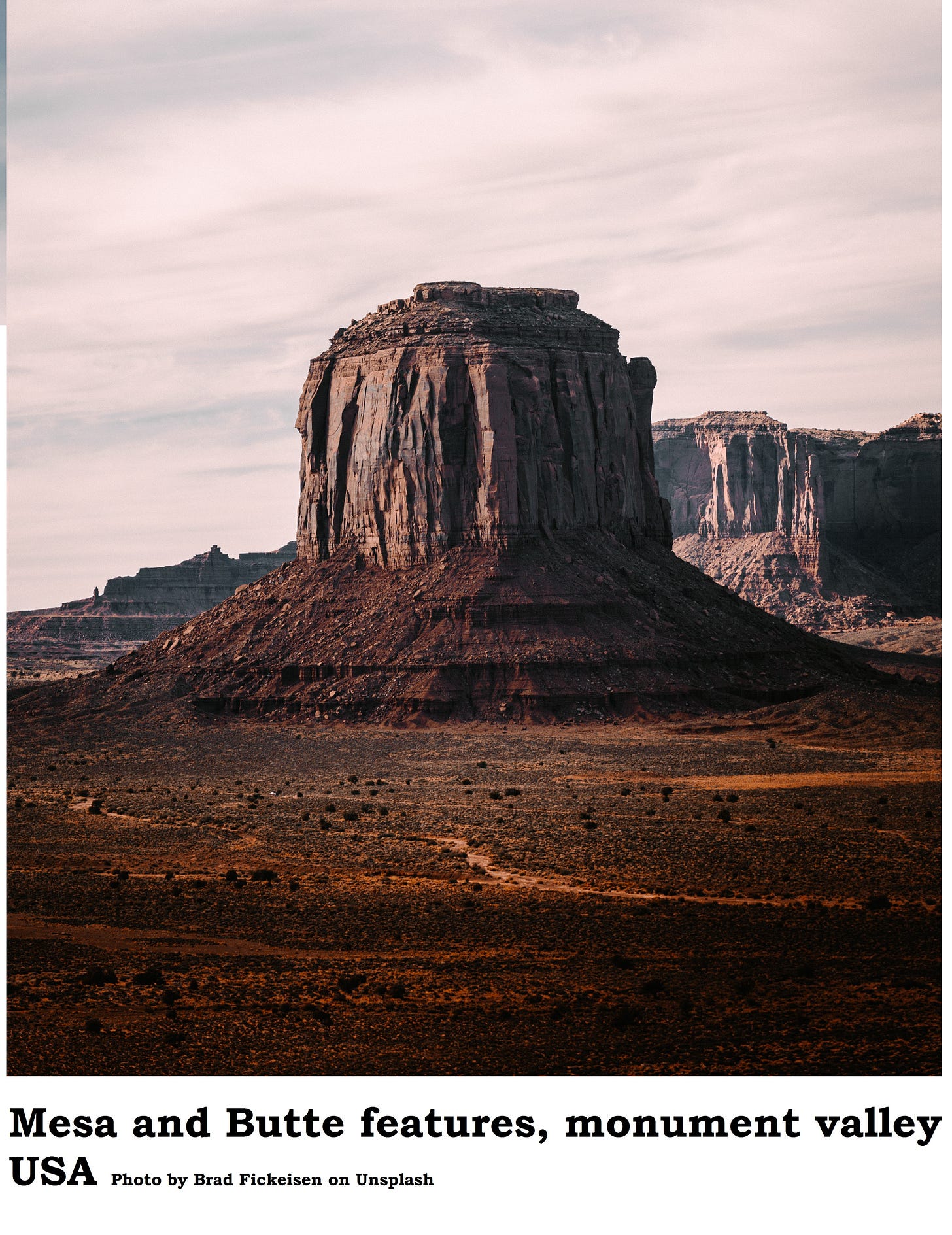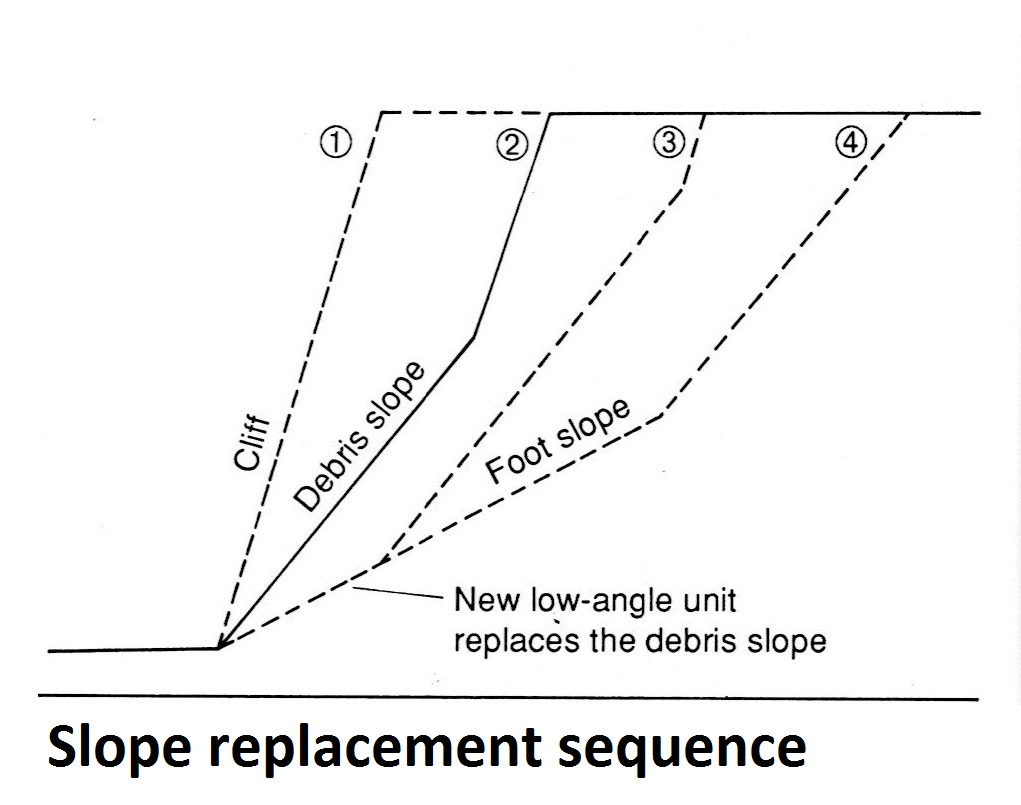The Earth's slopes are not static features. They are constantly evolving, shaped by the relentless movement of regolith, the loose, unconsolidated material that covers bedrock. These movements, ranging from dramatic landslides to imperceptible creep, play a crucial role in sculpting landscapes and influencing geomorphic processes.
Fast and Furious: The Power of Rapid Regolith Movement
Landslides: These dramatic events involve the rapid downslope movement of large masses of regolith. Triggered by factors like heavy rainfall, earthquakes, or volcanic eruptions, landslides can be incredibly destructive, reshaping landscapes and posing a significant threat to life and property (Highland & Bobrowsky, 2008).
Debris Flows: Similar to landslides, debris flows involve a rapid downslope movement of a water-saturated mixture of soil, rock fragments, and organic matter. These high-velocity flows can travel long distances, carving channels and leaving behind depositional features (Jakob, 1996).
Rockfalls: The sudden detachment and freefall of rock fragments constitute rockfalls. These events are common on steep slopes, particularly when weakened by weathering or seismic activity (Turner & Schuster, 1996).
The Slow and Steady: Creep and its Influence
While rapid movements capture our attention, much of slope evolution happens through slower, less dramatic processes:
Soil Creep: This imperceptible downslope movement of soil particles occurs due to gravity, wetting and drying cycles, and the growth and contraction of plant roots. Over time, soil creep can significantly reshape slopes and contribute to overall landscape evolution (Crozier, 1986).
Solifluction: In areas with freeze-thaw cycles, the alternate freezing and thawing of water in the regolith can lead to solifluction. This slow, downslope movement of saturated soil can play a significant role in shaping landscapes in periglacial environments (French, 2007).
A Dance of Forces: How Regolith Movement Shapes Slopes
The interplay between these fast and slow movements of regolith is what drives slope evolution. Here's how:
Delivery of Material: Rapid movements like landslides and rockfalls deliver fresh regolith to the base of slopes. This new material provides a constant supply of sediment for other processes to reshape the landscape.
Erosion and Transport: Slower processes like soil creep and solifluction continuously erode and transport material downslope. This gradual removal of regolith can contribute to the flattening of slopes over time.
Exposure of Bedrock: As regolith is eroded and transported, it can eventually expose the underlying bedrock. This bedrock can then be further weathered and eroded, influencing the long-term evolution of the slope.
Understanding regolith movement is crucial for various fields, including:
Geomorphology: It helps us understand how landscapes form and evolve over time.
Hazard Mitigation: By studying past movements, we can better assess landslide and rockfall risks and implement mitigation strategies.
Civil Engineering: Knowledge of regolith movement is essential for designing stable infrastructure on slopes.
Slope elements
Sometimes a model of slope elements is used to help describe actual slopes. There is a range of models used for this, but they are a gross simplification of reality and are of limited use when describing real slopes. The model below is based on a Rectilinear model of slope elements.
Slope evolution
The evolution of slopes is very important. It provides clues to how the landscape has developed. There are three main types of slope evolution theories: slope decline, slope retreat and slope replacement.
Slope decline (W.M.Davies 1899). Slopes which evolve by slope decline have slope angles which decrease in each phase of their development. The free face is gradually eliminated by the processes of falling and slumping (stages 1 to 3), so the slope eventually becomes gentler (stages 4 and 5). On this type of slope, weathering, debris removal and consequent ground-lowering Increase in rate upslope. This inevitably leads to an overall decline of slope since the top is being removed more rapidly than the foot. Stage 4 shows the phase which is called a graded slope: one in which the inputs are in perfect balance with the outputs. Slope decline is most likely once a smooth graded profile has Seen established and is more likely to be found in the later phases of landscape development.
This theory is suited to areas in Northwest Europe and Northeast USA. It assumes a rapid uplift of land followed by rapid erosion.
Slope retreat (L.C. King 1957). In semi-arid areas, the free face seems to have much the same profile whether it is found on a cliff-line or small remnant of rock (butte).
This suggests that all the upper slope units retreat by about the same amount so that the whole slope profile retains its original shape but moves backwards, leaving an extending concave footslope.
Only this lower slope unit (pediment) tends to decrease in angle with time. The development of this slope sequence is controlled by the rate of retreat of the free face. The angle of the free face at the top of the slope is determined by the strength of the rock. A strong resistant rock will often form a vertical free face. In less resistant rocks rapid weathering reduces the slope to a continuous debris-covered slope. All these slopes are thought to retain a constant angle throughout their development. The slope debris also maintains a constant thickness indicating that inputs and outputs are in balance. Slope retreat differs in these ways from the processes in slope decline.
This theory was based on work in semi-arid areas in South Africa and assumes slopes have a gentle concave lower slope with a steeper upper free face.
Slope replacement (W. Penck, 1924). This diagram shows a cliff undergoing slope replacement.
The original cliff face is eventually replaced by a shorter free face and a lower-angle debris slope. The lower-angle debris slope or talus will itself ultimately be replaced by a still gentler slope. This is a process in which the transport of increasingly weathered material begins to extend a new depositional unit at the foot of the slope. In this theory of slope evolution, each slope unit is replaced by a lower angle unit growing up from below. In contrast to slope retreat, there is a change in the length of the segments as the slope develops. Some segments such as the free face may even be eliminated in time.
This model was drawn from the evidence in the Alps and Andes and assumed the cliff face was straight with equal weathering and an increasing scree slope which became larger and gentler with time.
Although it is now possible to distinguish between various slope processes, it is important to note that, on any one slope, a combination of them can be operating to shape the landscape. The three above theories may be more relevant for particular climates and geological structures but aren’t universally accepted. The most useful approach to the study of slopes is to view them as open systems in which the passage of mass and energy are controlled by the inputs which result in the form of the slope.
Conclusion
The Earth's slopes are a dynamic canvas, continuously reshaped by the movement of regolith. From the dramatic power of landslides to the subtle influence of soil creep, these movements play a vital role in landscape evolution. Understanding these processes allows us to appreciate the restless nature of our planet and helps us mitigate the risks associated with mass movements.
References:
Crozier, M. J. (1986). Landslides: Failures of slope and rock slopes. Croom Helm.
French, H. M. (2007). The periglacial environment. John Wiley & Sons.
Highland, L. M., & Bobrowsky, P. T. (2008). The landslide handbook: A guide to understanding landslides. The Landslide Handbook Steering Group.
Jakob, M. (1996). Debris-flow hazards and related phenomena. Springer Science & Business Media.
Turner, A. K., & Schuster, R. L. (1996). Landslides investigation techniques. National Academies Press.















